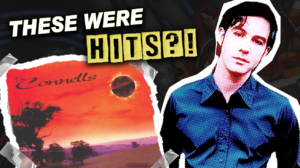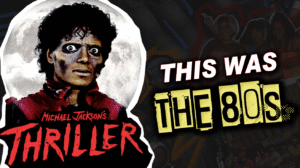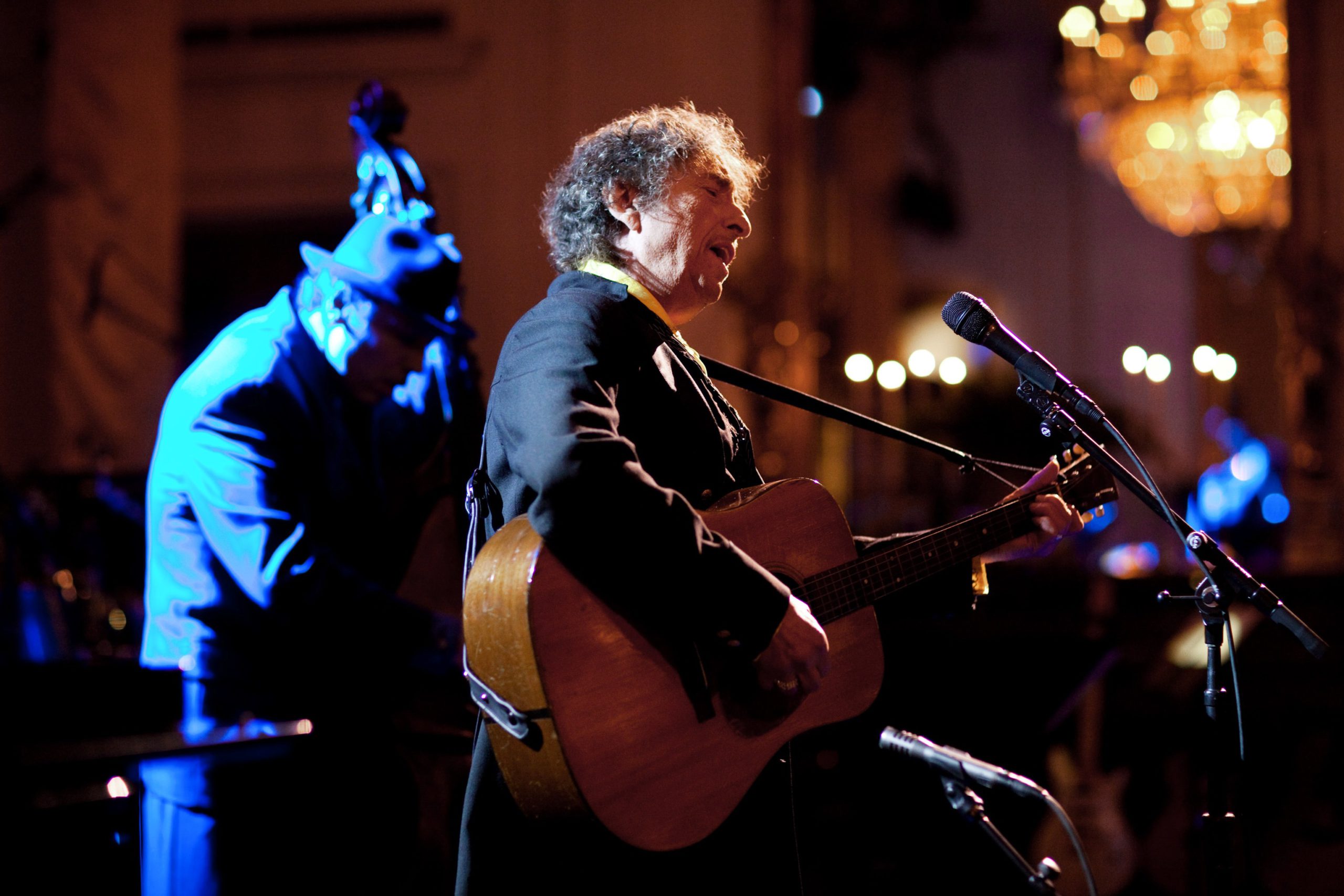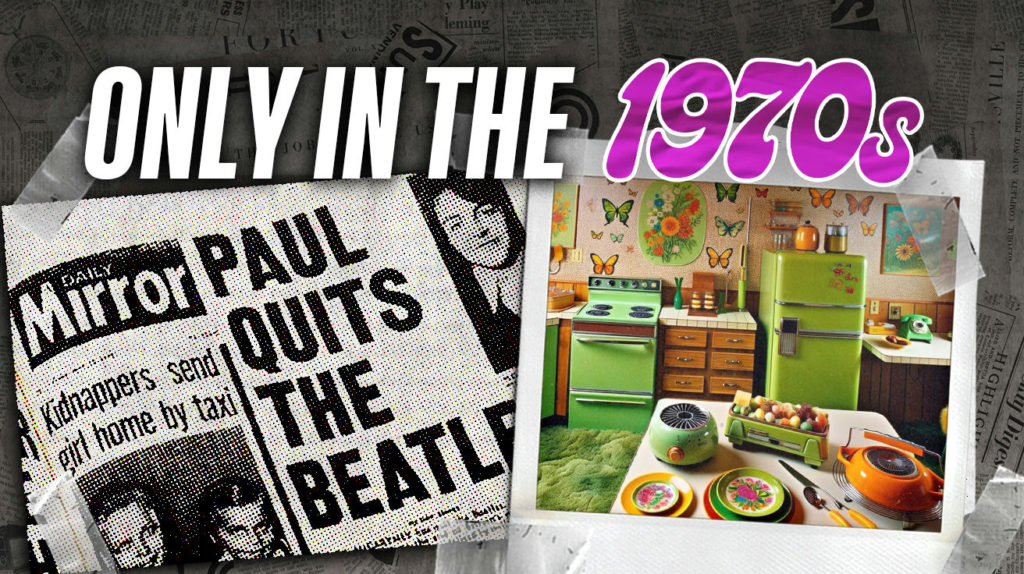
A kaleidoscopic wasteland of questionable choices and revolutionary ideas, the 1970s redefined American identity through its contradictions. Bell-bottoms swayed on dance floors while families gathered around smoldering backyard grills.
The decade operated as both comedy and tragedy—a laboratory for social experimentation that produced lasting cultural mutations we still carry in our collective genome. Its cultural aftershocks continue to reverberate through our modern landscape, each trend representing a puzzle piece in understanding contemporary society.
26. Lava Lamp Luminescence
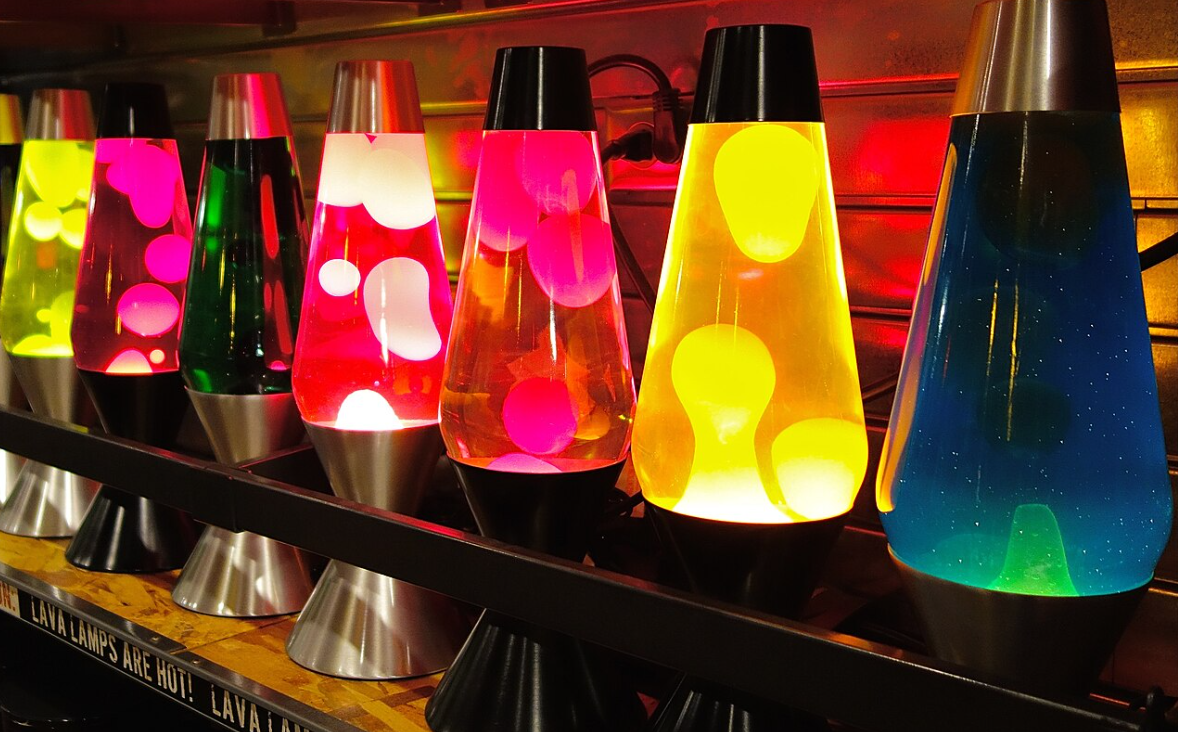
Caught in the hypnotic flow of wax and liquid, America’s living rooms unwittingly participated in countercultural theater. These glowing orbs served as cultural indicators as much as room decorations. They marked bedrooms as zones where conventional thinking might be questioned. The success of lava lamps revealed America’s paradoxical relationship with the counterculture—packaging psychedelic experiences into safe, mass-produced objects.
Buried below the kitsch factor was genuine scientific innovation. Inventor Edward Craven Walker patented the original design in 1965 before its U.S. commercialization. The lamp required precise formulation of wax and liquid created through significant trial and error. Every TikTok “aesthetic room tour” featuring these retro items continues this tradition of sanctioned rebellion. Next time you spot a lava lamp in a tech company’s headquarters, remember you’re witnessing one among many forgotten fads from the 1970s.
25. American Top 40’s Airwave Arrival
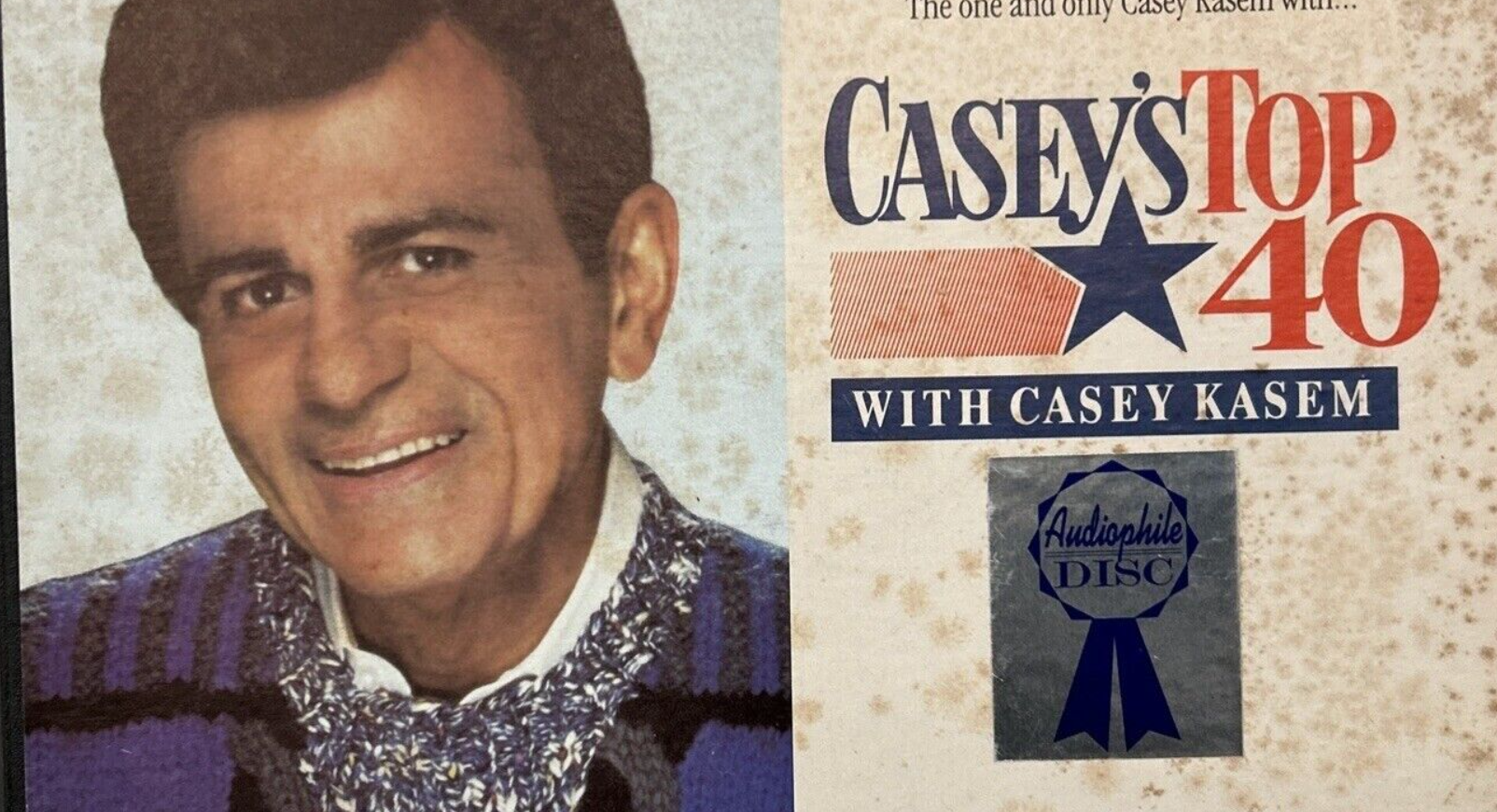
Debuting on only seven radio stations on July 4th, 1970, Casey Kasem’s countdown show would eventually expand to over 500 worldwide, proving that music fans love suspense even when they already know the ending. The smooth-voiced host launched “American Top 40,” guiding listeners through Billboard’s top-selling singles with statistics and storytelling. The program helped standardize national music taste before MTV or the internet.
Kasem’s friendly, avuncular persona—complete with his signature sign-off “keep your feet on the ground and keep reaching for the stars”—made him radio’s most recognizable voice for decades. The show’s brilliance lay in creating anticipation through carefully paced reveals. Sentimental “long-distance dedications” added emotional stakes to what could have been mere chart recitation. For a deeper look at what America was listening to during those years, explore the most popular song each month in the 70s.
24. Bump and Hustle Hysteria
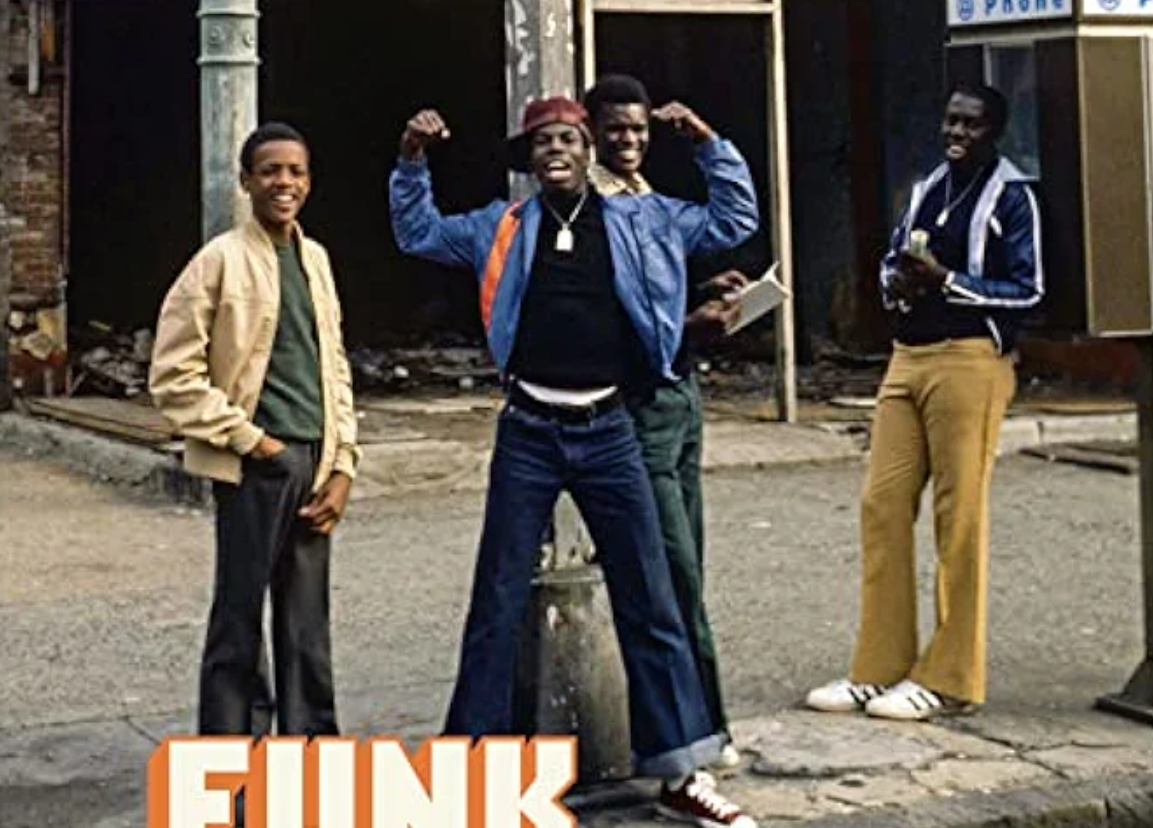
Sweeping across dance floors nationwide, standardized dance moves democratized physical expression through accessible templates anyone could master. These standardized dance moves created accessible physical expression regardless of natural rhythm or training. The Bump reduced partner dancing to its most elemental form—literal physical contact without complex footwork. The Hustle provided a somewhat more sophisticated structure with room for personal flourishes. Together they transformed dancing from specialized skill to mass participation activity.
Van McCoy’s 1975 hit “The Hustle” provided not just a soundtrack but literal instructions, creating a national tutorial that standardized movement across geographic and demographic boundaries. Dance studios nationwide offered classes, while television shows demonstrated moves for home practice. These democratized styles brought people together across social divisions, creating shared physical vocabularies that temporarily bridged race and class barriers on dance floors. For anyone struggling with today’s TikTok dance challenges, the Bump and Hustle phenomenon reveals how standardized moves have long served as cultural connective tissue.
23. Davis’s Distinctive Drama

Reaching an unprecedented number 35 on Billboard’s charts, Miles Davis’s revolutionary fusion album alienated jazz purists while earning him his first gold record. March 1970 witnessed jazz’s most restless innovator blow up his genre’s rule book. “Bitches Brew” fused jazz with rock and funk to create a soundscape as inviting to traditional jazz fans as a swimming pool is to cats.
Recorded in only three days (in June 1969, though released in 1970), the album’s density suggested a much longer gestation. Davis had assembled an extraordinary collection of musicians who would become jazz fusion pioneers in their own right. Traditional critics reacted with confusion and hostility to its electrical instruments and rock influences. Davis performed this material at rock venues like the Fillmore rather than traditional jazz clubs. Creative professionals facing career plateaus might draw courage from Davis’s midcareer reinvention—sometimes abandoning your successful formula is exactly the disruption needed to reach new artistic heights.
22. Polyester Suit Parade
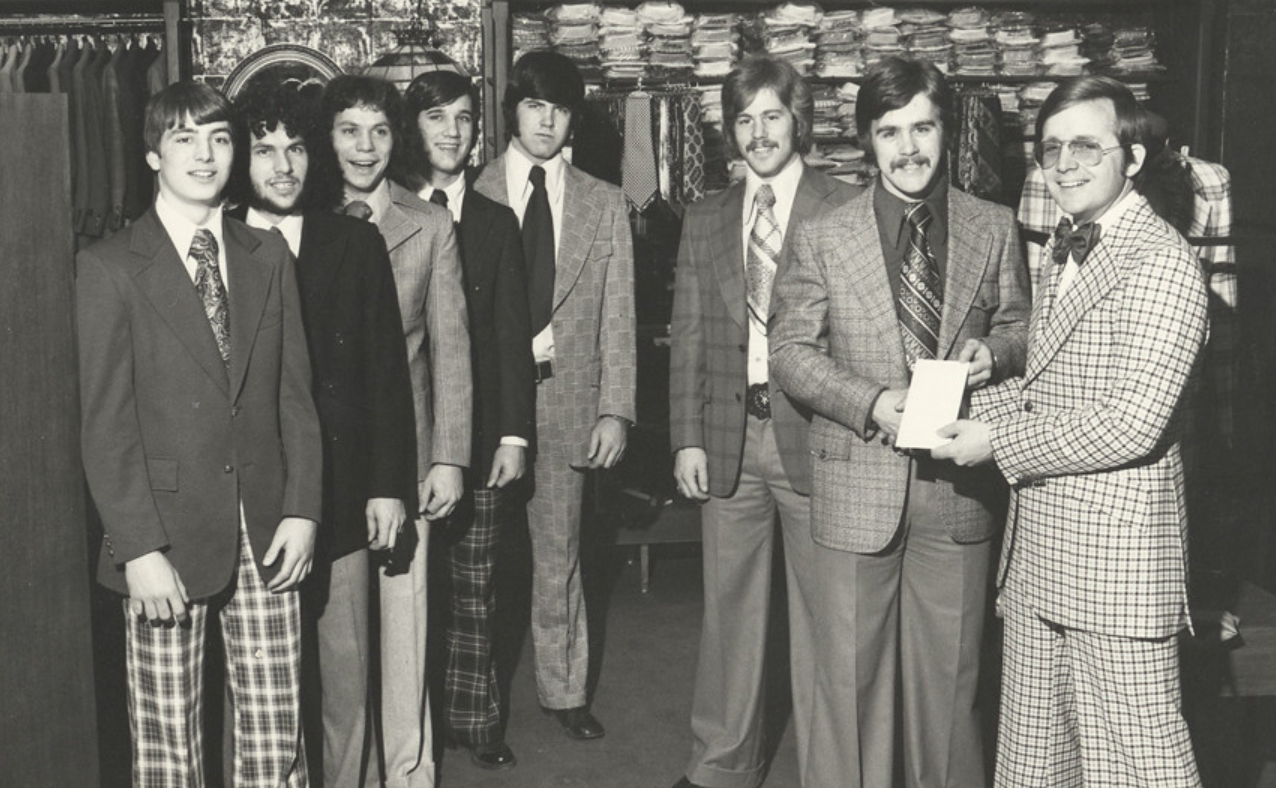
Beneath their shiny surfaces, polyester suits revolutionized class signaling through chemical innovation that democratized flashiness. These synthetic suits transformed from practical office attire into disco armor. Their wrinkle-resistant properties enabled middle-class Americans to project aspirational sophistication without the maintenance costs of natural fibers. The butterfly collars weren’t accidents but deliberate rejections of establishment conformity.
Behind the shiny fabrics lay a complex economic reality. The American textile industry pivoted toward synthetics as global competition threatened traditional manufacturing. Each leisure suit represented the intersection of chemical engineering, marketing psychology, and class aspiration. What we remember as fashion folly was actually industrial policy in action. If you’re curious about modern fast fashion’s origins, these synthetic suits reveal the chemical foundations of today’s Shein-dominated clothing culture.
21. Saturday Night Live Surge
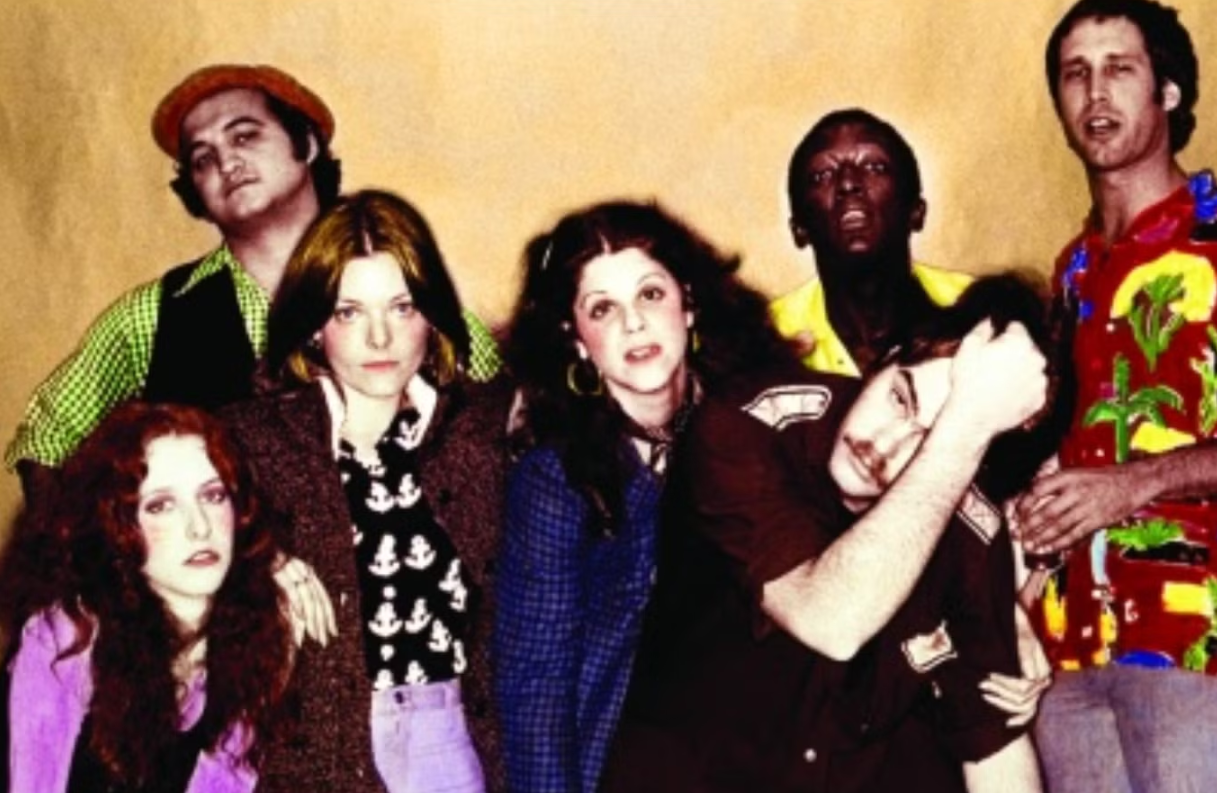
October 11th, 1975 witnessed the birth of America’s longest-running laboratory for processing national events through satirical filters. Lorne Michaels launched SNL that night. He wasn’t merely creating a comedy show but establishing a parallel cultural institution. The original cast—Belushi, Murray, Radner, Aykroyd—functioned as cultural interpreters more than performers. The show’s ability to survive for nearly five decades reveals its structural importance.
The live broadcast format created genuine risk in an increasingly sanitized television landscape. It generated watercooler moments through either brilliance or failure. SNL’s countercultural positioning within a major network exemplified a core contradiction. It packaged rebellion for commercial interruption. Its evolution from dangerous outsider comedy to establishment institution mirrors platforms like TikTok, where 2023’s WGA writers’ strike content transformed from protest to entertainment product within the algorithm.
20. Shag Carpet Sensations

Sprawling across living room floors, deep-pile carpets offered tactile landscapes where families could literally sink into domestic comfort. The deep-pile revolution transformed American floors and revealed shifting relationships with domestic space. These tactile landscapes swallowed vacuum cleaners and small toys. They provided literal cushioning against the hardening outside world. The impractical maintenance requirements—specialized rakes to restore proper texture—highlighted comfort’s priority over convenience.
The signature colors—burnt orange, avocado, harvest gold—weren’t random. They were carefully developed palettes that referenced natural environments while being entirely synthetic. Home-furnishing manuals of the era confirm that special grooming tools accompanied high-pile carpets. When today’s homeowners install Barefoot Dreams blankets or invest in Casper mattresses, they pursue the same prioritization of comfort over practicality that shag carpet enthusiasts pioneered.
19. Jackson 5’s Chart-Topping Debut
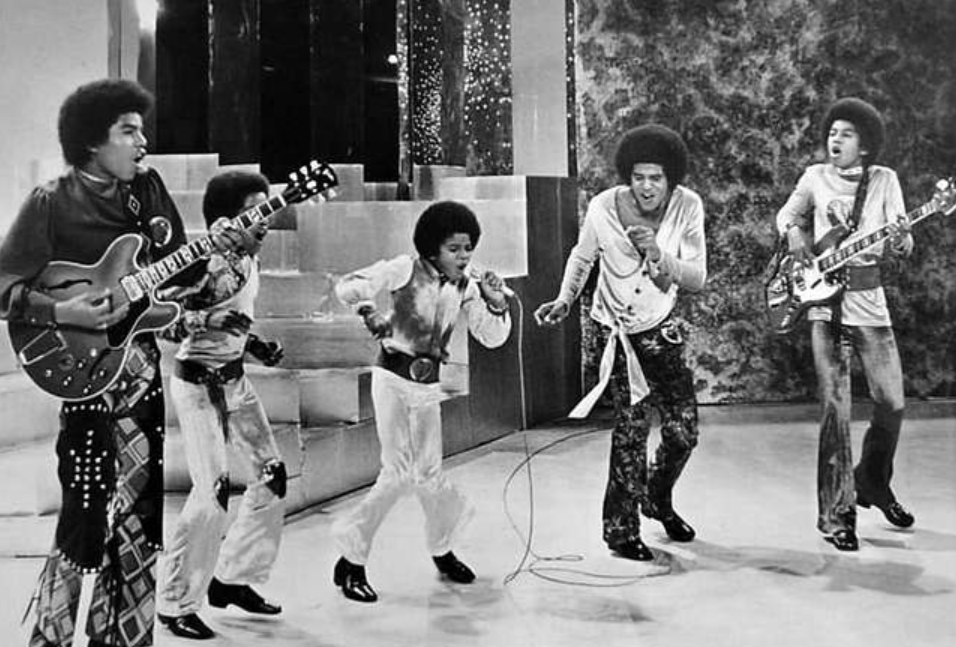
With an 11-year-old Michael already outshining veteran vocalists, the Jackson 5’s debut single conquered America’s airwaves. January 31st, 1970 saw “I Want You Back” reach Billboard’s top spot. The group’s infectious energy showcased Motown’s assembly-line brilliance. Even Berry Gordy’s hit factory couldn’t have predicted what they’d unleashed in their youngest performer.
Like watching a superhero origin story, this chart debut marked the mainstream arrival of someone who would eventually bend popular culture to his will. The youngest Jackson already displayed remarkable vocal abilities. The group’s matching outfits and coordinated choreography created an instantly recognizable brand. It foreshadowed an era where image and music would become increasingly inseparable. Music historians might debate endlessly about Michael’s greatest achievement, but this chart debut represents the true miracle—a child prodigy who somehow exceeded impossibly high expectations.
18. Road Trip Realities
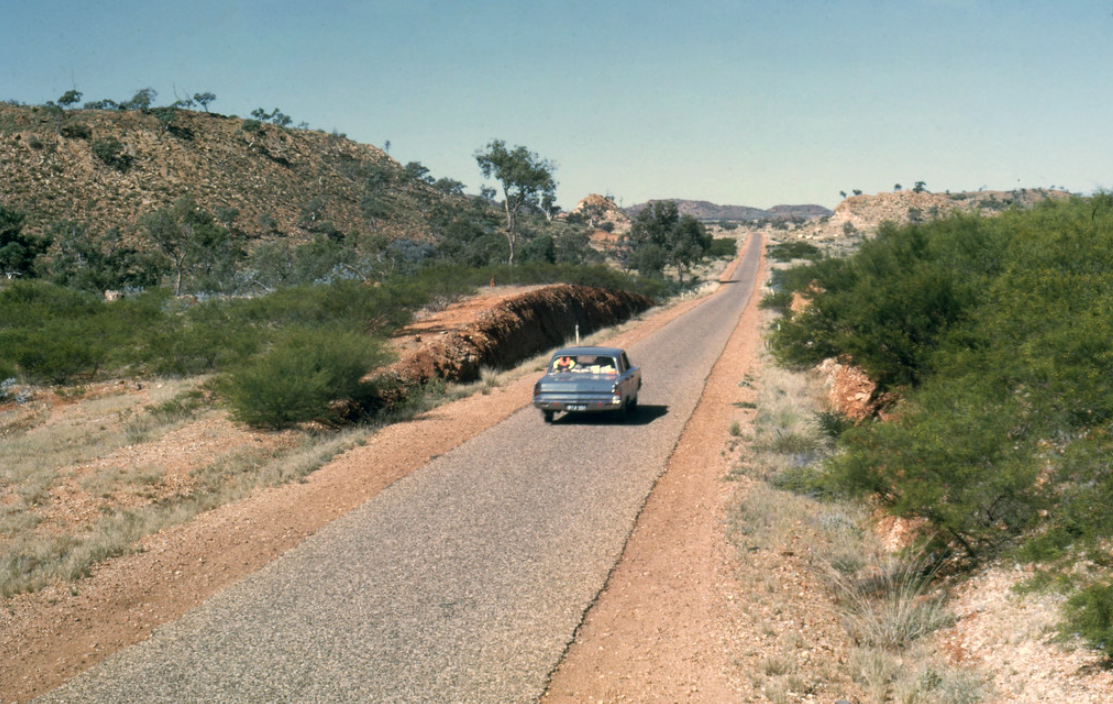
Confined within vinyl-upholstered family vehicles, American children experienced shared odysseys of boredom, games, and sibling warfare. Family road trips during the Nixon-Ford-Carter years created distinctive shared experiences through technological limitations and enforced proximity. Without individual screens, entertainment relied on collective games and social interaction. The forced confinement of station wagons and sedans created intense family dynamics memorialized in phrases that crossed regional boundaries: “Don’t make me stop this car!”
The analog navigation technology—physical maps unfolded across laps—required genuine skill and cooperation. Rest stops provided critical breaks from vinyl seats that became uncomfortably hot and sticky during summer journeys. The vinyl-bench-seat road trip experience stands as perhaps the last universally shared American childhood experience before technology enabled individual entertainment bubbles. When Google launched its “Road Trip” feature in Maps (2021) to help families plan analog-style journeys post-pandemic, it tapped into nostalgia for this shared experience.
17. Tobacco Ad Twilight
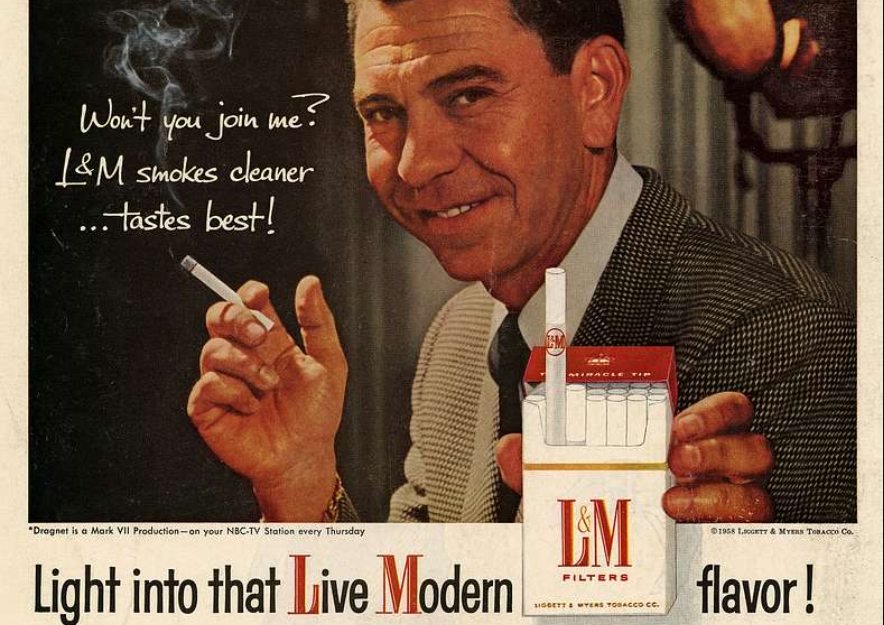
Signed on April 1st, 1970, the Public Health Cigarette Smoking Act delivered the tobacco industry’s first major regulatory defeat after decades of unrestricted marketing. President Nixon signed legislation that would eventually save millions of lives. The act banned television and radio advertising effective January 2nd, 1971. It marked the first significant governmental restriction on tobacco’s promotional power.
Tobacco companies exploited the implementation delay with the enthusiasm of college students before finals. They purchased every available television spot during the final legal hours. The last cigarette commercial aired during “The Tonight Show” just before midnight on January 1st, 1971. Despite this regulatory setback, tobacco companies redirected marketing budgets toward print media, billboards, and sponsorships. Public health advocates might find both hope and caution in tobacco’s regulatory history—meaningful change often arrives through incremental victories rather than comprehensive reform.
16. Doll’s Daring Drift

Constructed entirely of papyrus reeds, Thor Heyerdahl’s primitive raft successfully navigated 4,000 miles across the Atlantic in a stunning display of ancient technology. The Norwegian explorer and his multinational crew completed their 57-day journey from Morocco to Barbados in July 1970. This remarkable expedition tested both ancient construction techniques and modern human endurance.
The expedition followed Heyerdahl’s earlier ventures, including the famous 1947 Kon-Tiki expedition across the Pacific. Professional archaeologists remained skeptical about his historical conclusions. The physical accomplishment itself was undeniable. His crew members came from diverse countries and backgrounds, symbolizing international cooperation during the Cold War’s divisive height. Adventure seekers frustrated by our seemingly mapped-out world might draw inspiration from Heyerdahl’s determination—genuine exploration still exists for those willing to question conventional wisdom and embrace calculated risk.
15. Mood Ring Revelations
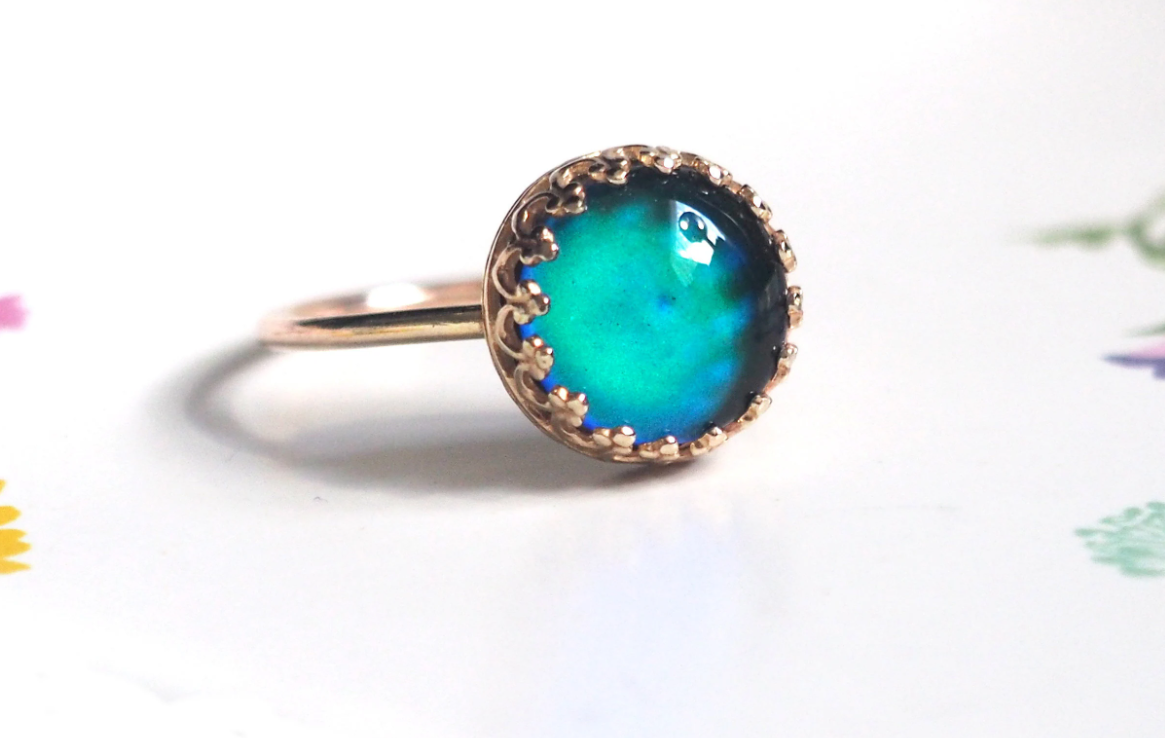
Wrapped around fingers nationwide, liquid crystals masqueraded as emotional barometers while actually measuring nothing more than blood circulation. These color-changing accessories captured a society increasingly obsessed with self-analysis yet unwilling to do the actual work. Their supposed ability to reveal inner states through liquid crystal technology represented the perfect intersection of pop psychology, technological solutionism, and fashion accessibility.
The scientific reality—that the rings merely responded to finger temperature—never dampened their cultural impact. Instead, they operated as conversation starters and emotional projection screens. Wearers externalized feelings during a decade when new psychological frameworks entered mainstream consciousness. These tiny thermometers foreshadowed our current relationship with wellness technologies. When your Apple Watch or Oura Ring claims to measure your stress levels today, you’re experiencing the direct descendant of the mood ring’s appealing pseudoscience.
14. Lombardi’s Lasting Legacy
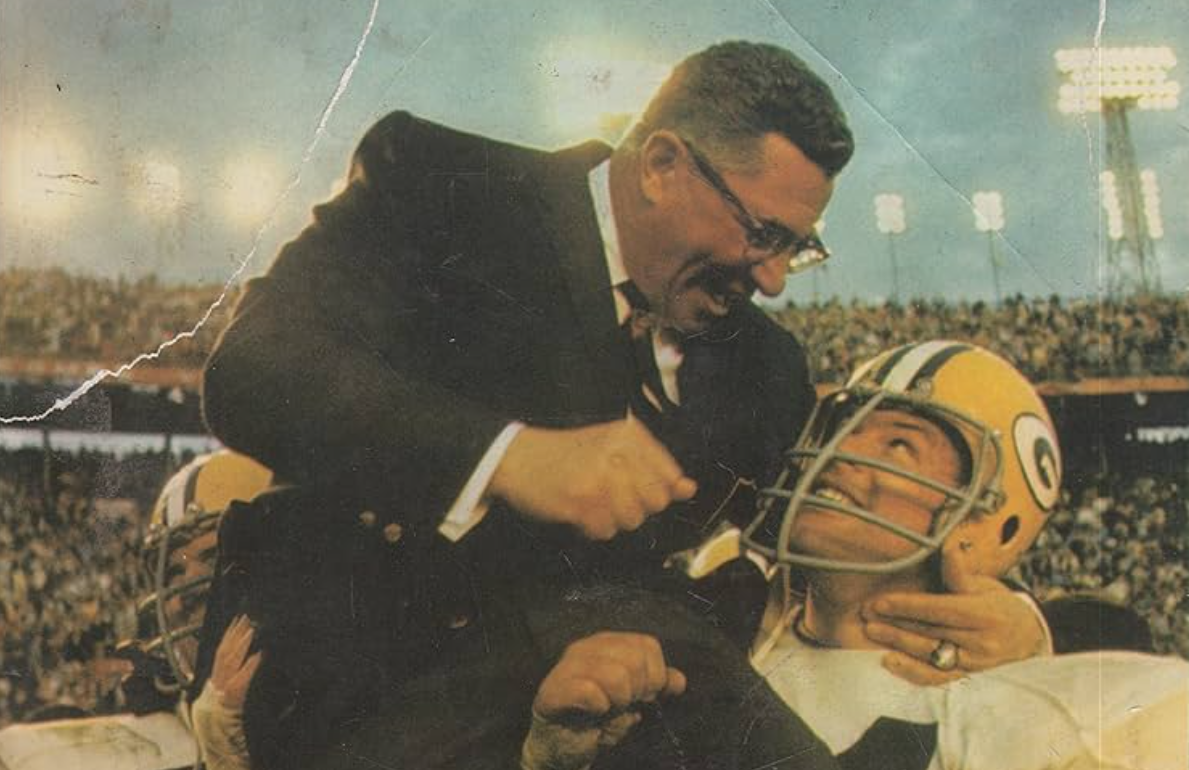
Claiming the life of football’s most revered coach at 57, colon cancer robbed the sport of its defining voice just as the modern NFL was taking shape. September 3rd, 1970 brought the devastating loss of Vince Lombardi. The Green Bay leader had transformed perennial losers into the NFL’s dominant force. His teams won five championships in seven years through a combination of tactical brilliance and psychological mastery.
Lombardi’s coaching philosophy extended beyond X’s and O’s to character development and mental toughness. Players both feared and revered him, understanding that his demanding approach aimed at extracting their maximum potential. Within months of his passing, the NFL renamed its championship trophy in his honor—an unprecedented tribute. Leaders seeking to build high-performing teams might still find Lombardi’s principles surprisingly relevant—his emphasis on excellence, preparation, and character development transcends sports to offer insights for any competitive endeavor.
13. Backyard BBQ Bonanza

Without formal invitations or elaborate planning, neighborhood cookouts created social safety nets through shared burgers and unspoken protocols. These gatherings functioned as democratized social rituals that created community cohesion across economic strata. Weekend barbecues operated through unwritten but universally understood protocols: men typically commanded grills while women prepared accompanying dishes. The casual drop-in nature—neighbors appearing without formal invitations—created social safety nets during a decade of economic uncertainty.
The food rarely featured culinary innovation. It celebrated simple pleasures of charred burgers, hot dogs, and corn on the cob. Children created separate social worlds fueled by sugary Kool-Aid while adults connected over Tab sodas or canned beers. These unpretentious gatherings strengthened neighborhood social capital without requiring elaborate planning. The post-COVID “cottagecore” trend (2020-2023) and renewed interest in community gardens reveal our attempt to recapture the casual communal connection that simple backyard BBQs once provided effortlessly.
12. McCartney’s Musical Migration
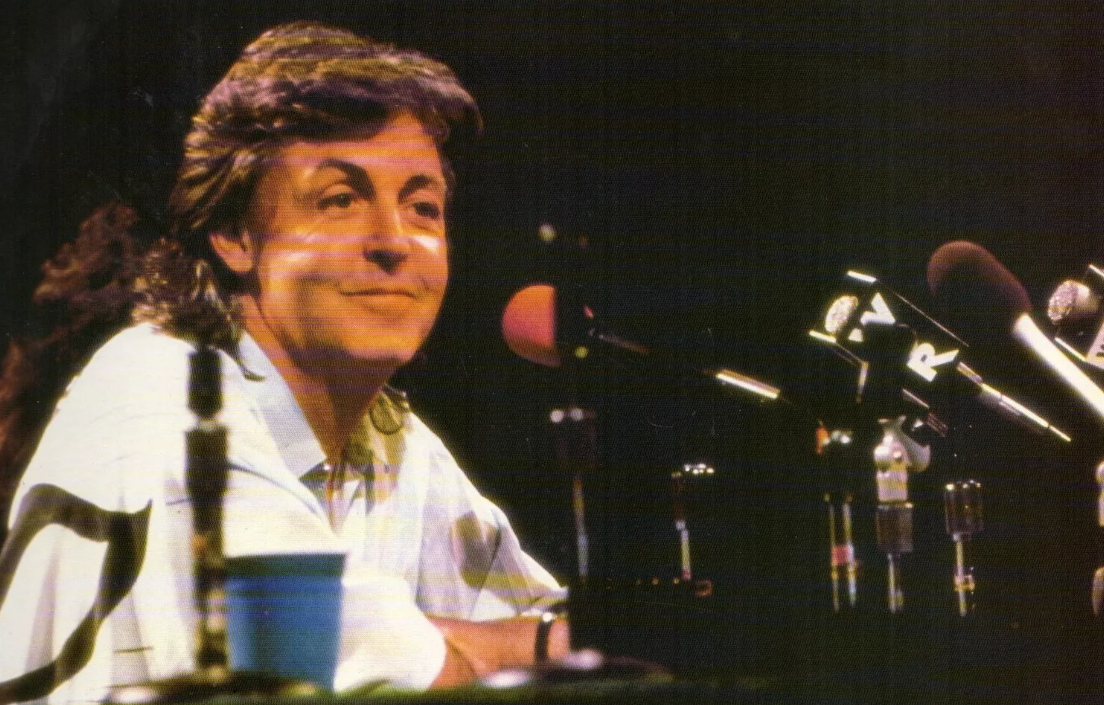
Through a poorly-timed press release on April 10th, 1970, Paul McCartney effectively ended the world’s most influential band while promoting his solo debut. The statement coincided with his album release. It ended the most influential band in history through what amounted to a marketing exercise. The timing landed with all the subtlety of breaking up by text during a root canal.
The announcement made official what insiders had known for months—the four musicians who had transformed global culture now found collaboration impossible. Business disagreements provided the final breaking point after years of creative differences and personality conflicts. McCartney’s interview answers blindsided his former bandmates by making private issues public. Bands facing creative differences might learn from The Beatles’ demise that no amount of commercial success can substitute for genuine communication—even musical genius requires emotional intelligence.
11. Apollo 13’s Perilous Plight
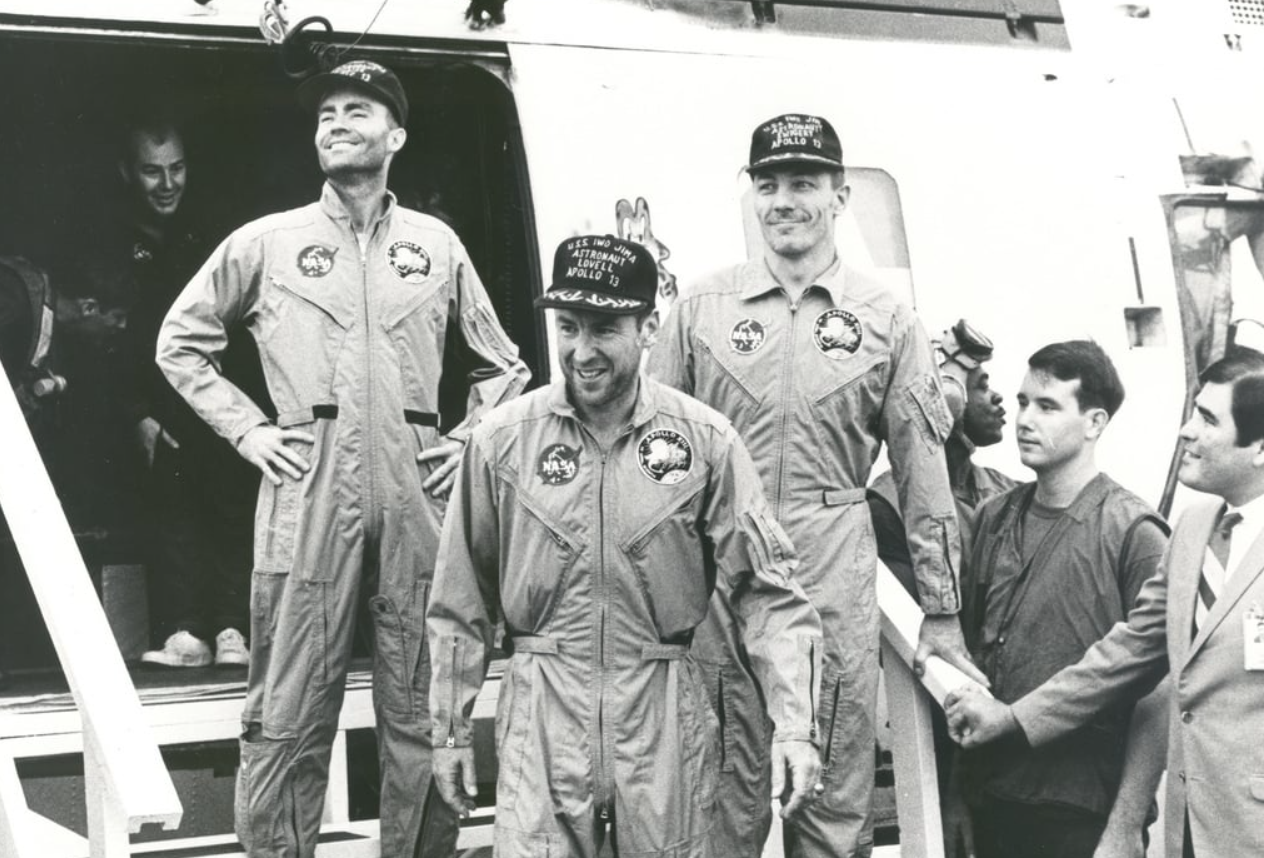
When an oxygen tank exploded 205,000 miles from Earth, three astronauts faced a fight for survival that transformed potential tragedy into NASA’s finest hour. April 11th, 1970 saw three astronauts blast toward the moon on what should have been NASA’s third lunar landing. Two days later, an explosion transformed routine spaceflight into a desperate struggle for survival.
Astronauts abandoned their crippled command module for the lunar lander—essentially living in their car during winter. This improvised lifeboat kept them alive through power conservation, limited water, and near-freezing temperatures. Engineers worked frantically to solve problems never anticipated in training. The crew safely splashed down on April 17th, having survived through extraordinary problem-solving under impossible pressure. Organizations struggling with unexpected crises could extract invaluable lessons from Apollo 13’s recovery—sometimes your greatest achievement comes not from perfect execution but from creative problem-solving when everything goes catastrophically wrong.
10. Kaline’s Courageous Comeback
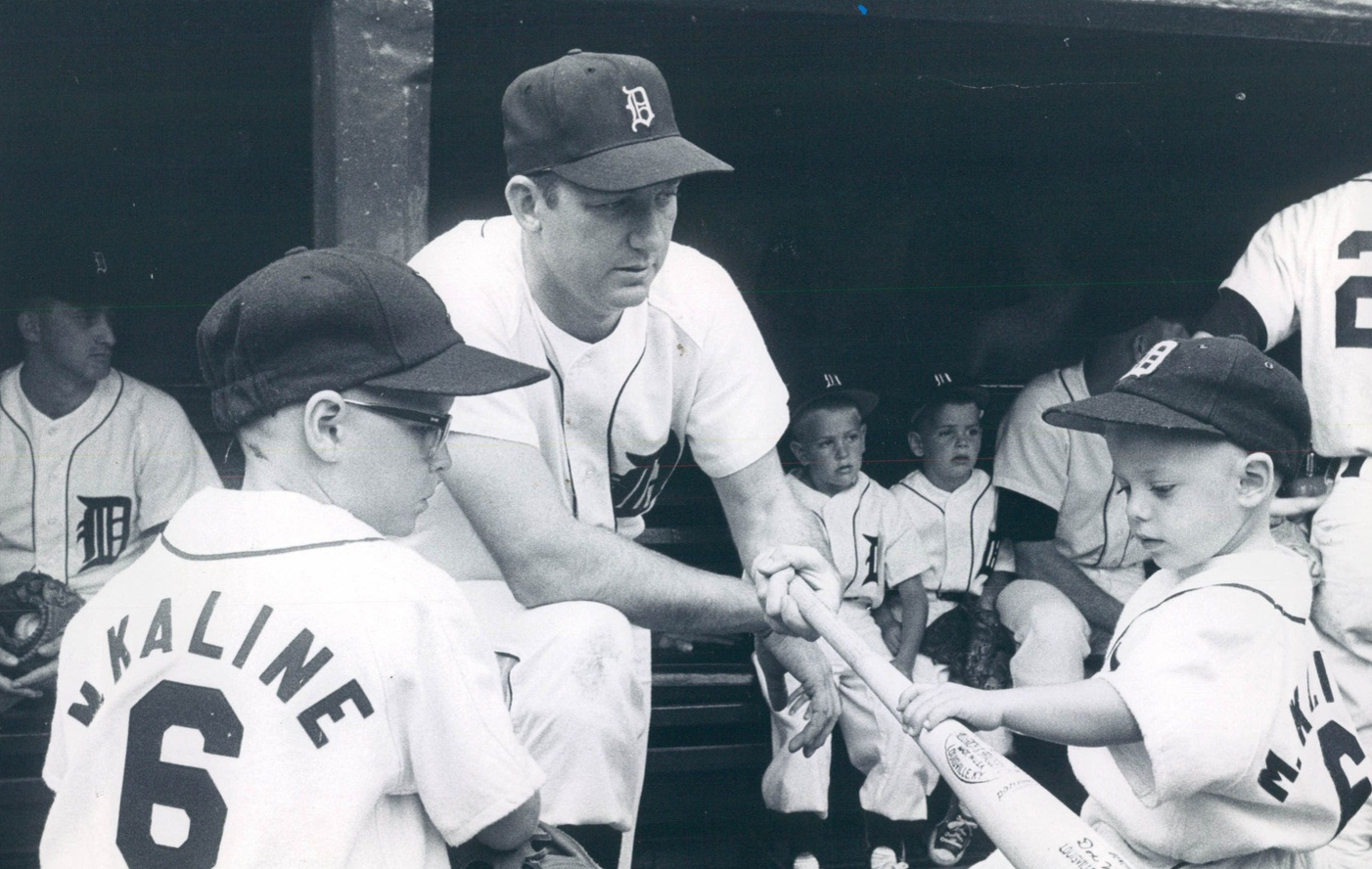
Despite a potentially life-threatening collision on May 30th, 1970, Detroit Tigers legend Al Kaline returned to the lineup after missing just one game. When Kaline and teammate Jim Northrup crashed into each other while pursuing a fly ball, the outfielder was momentarily unable to breathe. Left fielder Willie Horton quickly provided assistance before medical personnel arrived.
This rapid recovery exemplified the “rub some dirt on it” medical philosophy that defined professional sports in that era. Today’s concussion protocols would never permit such a quick return. 1970’s sports culture celebrated playing through pain as the ultimate virtue. Kaline’s remarkable career durability throughout 22 seasons included overcoming a broken collarbone and a broken foot with minimal recovery time. Sports medicine’s revolutionary advances over five decades mean today’s athletes receive protection their predecessors never imagined—trading yesterday’s battlefield mentality for science-driven protocols that prioritize long-term health.
9. Running’s Rise With Jim Fixx

Transforming physical movement from necessity to virtue, Jim Fixx’s 1977 bestseller launched a fitness revolution that continues to shape how Americans relate to their bodies. The jogging revolution sparked by “The Complete Book of Running” transformed physical movement from transportation necessity to voluntary health activity. Before Fixx’s influential book, running for fitness was considered eccentric behavior. Afterward, it became a mainstream practice that reshaped urban landscapes and redefined middle-age health expectations. This fitness evangelist personally embodied transformation, shedding pounds and cigarettes through running discipline.
Fixx’s sudden death at 52 while jogging created a national moment of fitness cognitive dissonance. His fatal heart attack—later attributed to hereditary factors—sparked more nuanced conversations about comprehensive health approaches. The running boom fundamentally altered American relationships with physical activity, transforming exercise from occasional recreation to moral imperative. When you check your Strava stats or join Peloton’s online running community today, you’re participating in a cultural phenomenon with roots in Fixx’s transformation from overweight smoker to fitness icon.
8. Disco’s Dynamic Dance
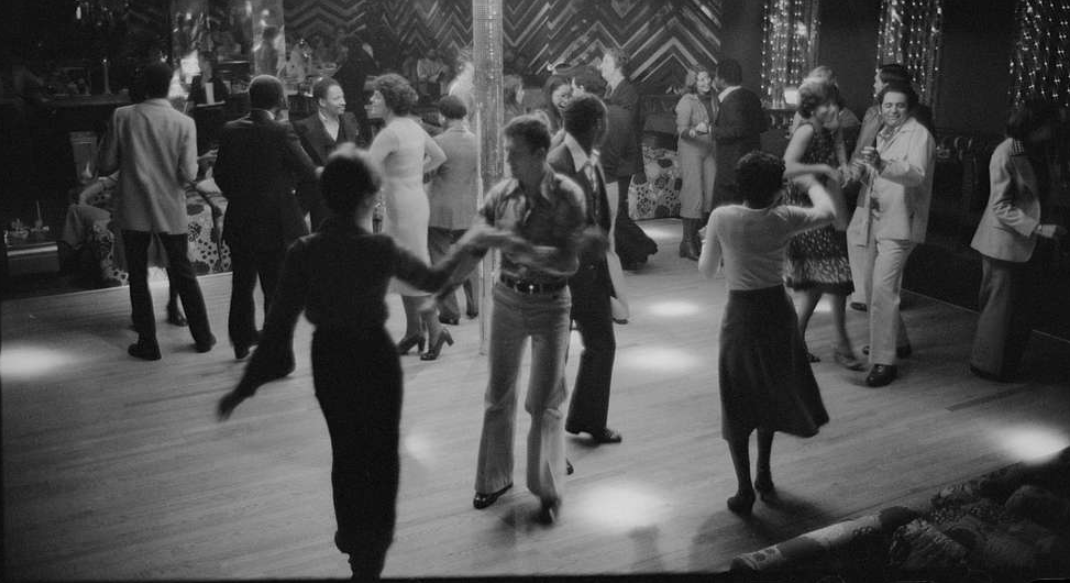
From marginalized community expression to mass phenomenon to violent rejection, disco’s trajectory reveals America’s complicated relationship with cultural appropriation. The glittering rise and spectacular collapse of disco captures America’s relationship with Black, Latino, and LGBTQ cultural innovations. Born in marginalized communities, disco created sonic environments where oppressed groups found joy before being appropriated, commercialized, and ultimately rejected by mainstream white America. The music’s sophisticated production values influenced everything from modern pop to EDM.
Disco Demolition Night at Chicago’s Comiskey Park on July 12, 1979, wasn’t merely a musical preference statement. Contemporary news reports confirm it was a violent rejection carrying significant racial and homophobic undercurrents. This explosion destroyed thousands of records in a pattern that continues today. When Beyoncé’s “Renaissance” (2022) reclaimed disco and house music’s Black and queer origins, she directly challenged the cycle—from underground phenomenon to commercial juggernaut to cultural pariah—that continues to repeat in music, fashion, and language.
7. PBS’s Premier Programming

Launched on October 5th, 1970, America’s first public television network revolutionized children’s programming by consulting actual development experts instead of toy marketers. The Public Broadcasting Service began operations as a nonprofit venture. Early shows like “Sesame Street” and “Mr. Rogers’ Neighborhood” (which actually began in 1969 and 1968 respectively) became PBS staples that prioritized education over commercial interests.
PBS emerged from growing concerns that commercial television operated with all the nutritional value of cotton candy. Networks raced to the intellectual bottom chasing advertising dollars. PBS created space for educational content that didn’t need to sell anything except the concept of learning itself. The network developed a unique funding model blending government support with viewer contributions. Parents seeking quality screen time for their children might take comfort knowing PBS’s programs remain an oasis of educational value in today’s digital content desert.
6. Simon and Garfunkel’s Swan Song
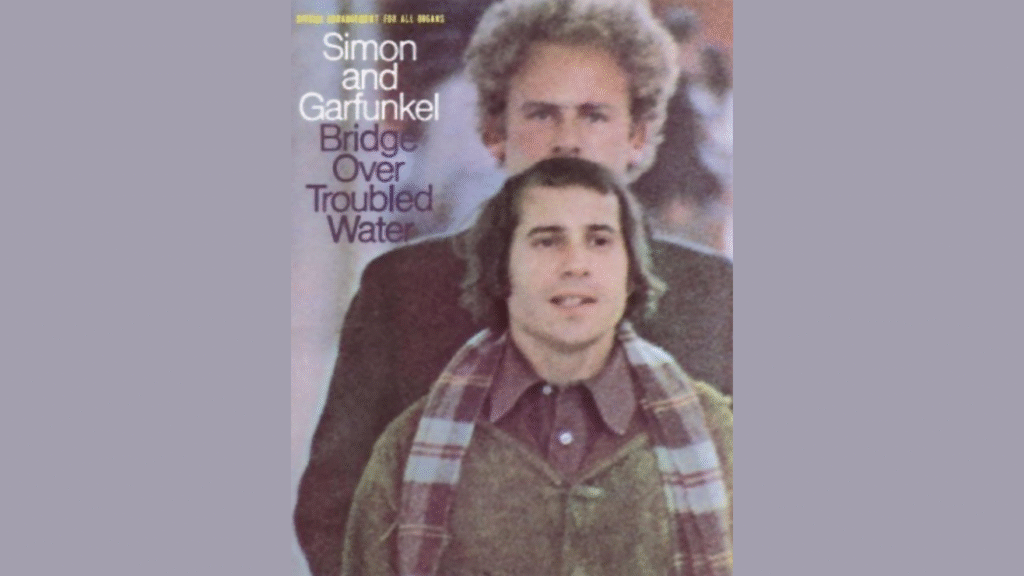
Selling 25 million copies worldwide, “Bridge Over Troubled Water” functioned as a career pinnacle and beautiful breakup note. January 26th, 1970 brought Simon & Garfunkel’s final studio collaboration. Immaculate harmonies masked the creative fractures already splitting the duo apart. Behind its ambitious arrangements, two artists were already occupying separate creative universes.
The album plays like relationship hospice care—two people making something beautiful while knowing the end has arrived. Their creative partnership had developed terminal fractures that no studio magic could repair. Songs about alienation and separation weren’t just lyrical explorations. They documented artistic divergence in real time. Next time you struggle with giving a project your all despite knowing you’re leaving, remember that “Bridge Over Troubled Water” proves brilliance doesn’t require permanence.
5. Avocado Appliance Aesthetic
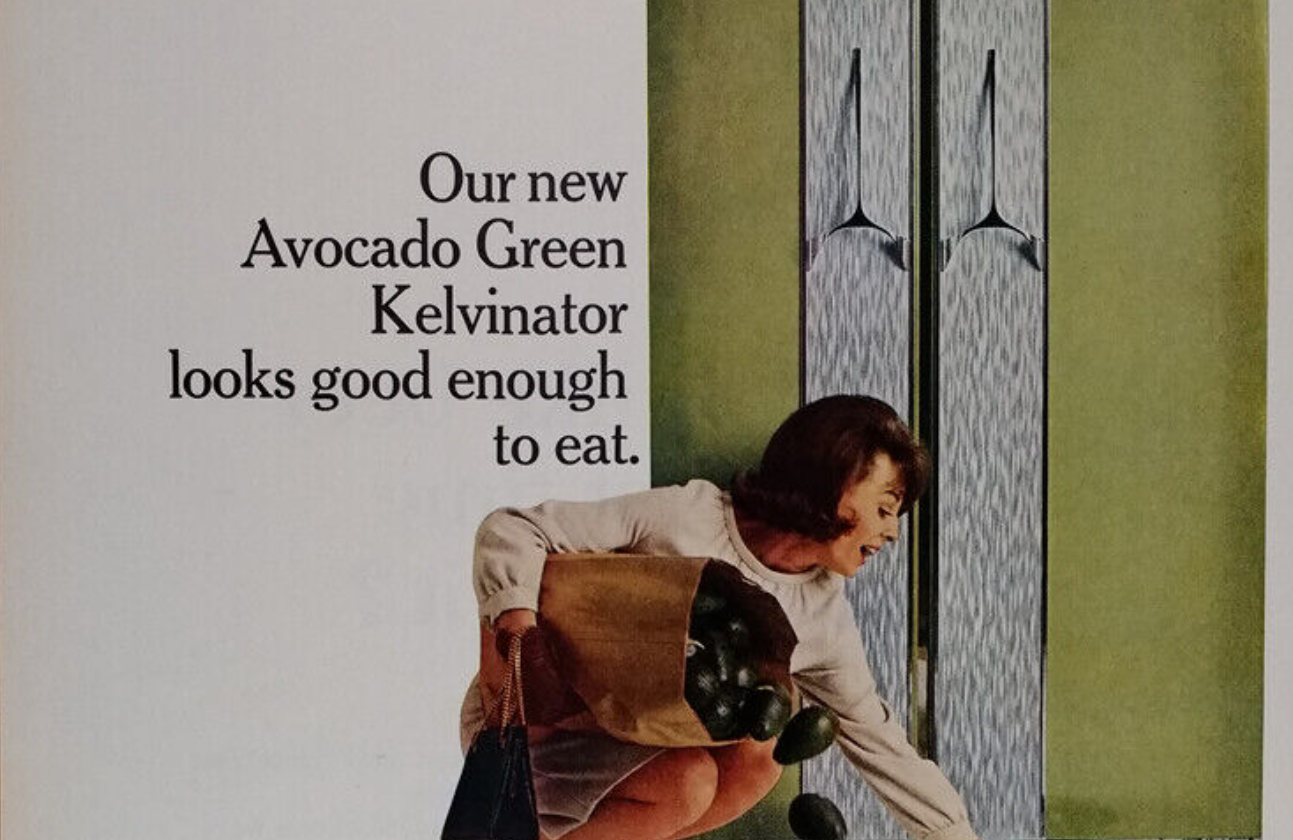
Refrigerators and toilets became unlikely cultural statements when olive green enamel transformed utilitarian objects into environmental cocoons. The invasion of avocado green into American kitchens represented more than questionable color preferences. It marked the transformation of utilitarian spaces into aesthetic expressions. Appliances abandoned clinical whites for earth tones that reflected growing environmental consciousness. These colored fixtures served as affordable status markers during economic uncertainty.
Hidden underneath the green enamel was a manufacturing sector experimenting with planned obsolescence. The distinctive colors ensured that mismatched appliance replacement would be obvious, subtly encouraging whole-kitchen upgrades when single items failed. The coordinated bathroom fixtures completed the environmental cocoon, creating fully immersive domestic experiences. The aesthetic that inspired Jordan Peele’s “Nope” (2022) production design now fetches premium prices in vintage marketplaces, demonstrating design’s circular nature.
4. Macho Male Manifestations
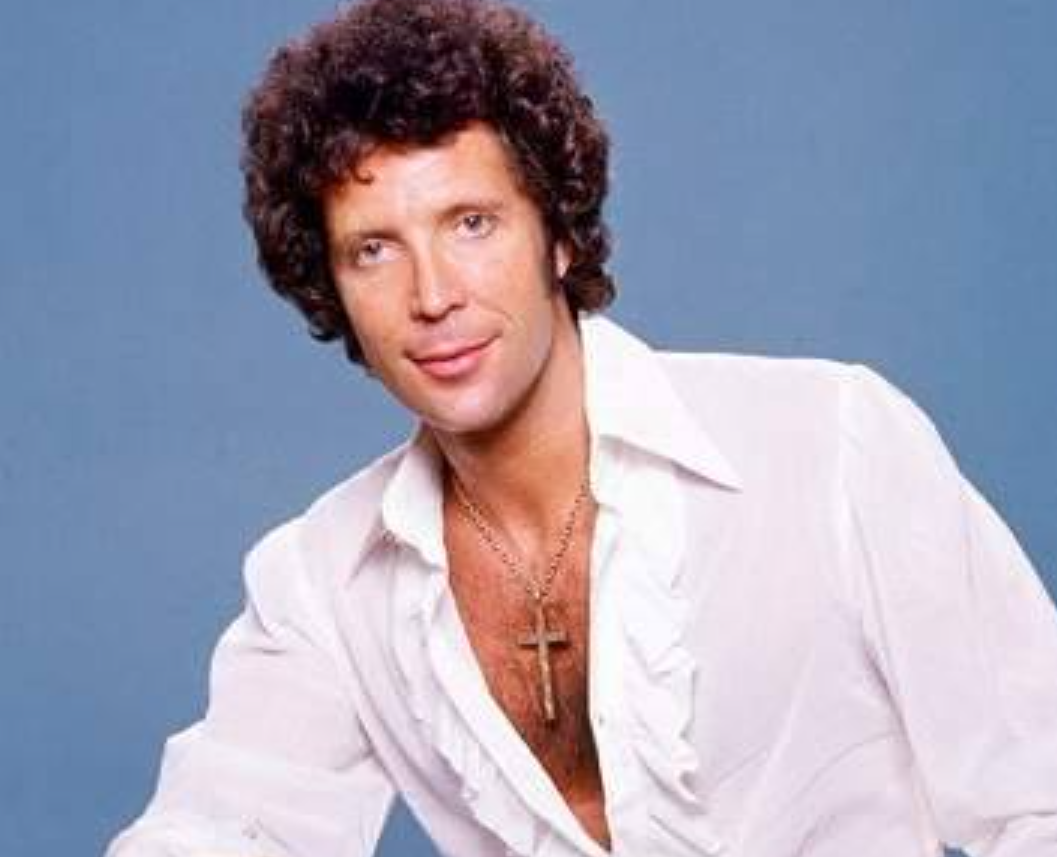
Unbuttoned to mid-chest and adorned with gold chains, men’s shirts became experimental zones for redefining masculine expression. The unbuttoned shirt phenomenon represented a fascinating laboratory experiment in evolving masculine expression, temporarily liberating men from buttoned-up constraints while reinforcing new forms of performative sexuality. Icons like Burt Reynolds and Tom Jones pioneered a chest-forward physicality that suggested virility through calculated exposure, creating aspirational templates that regular men could achieve through simple wardrobe adjustments.
The gold chains nestled in chest hair operated as male counterparts to female jewelry. They suggested prosperity and drew visual attention to physical attributes in previously forbidden ways. John Travolta’s character in Saturday Night Fever codified these elements into a comprehensive style system. This brief period of expanded masculine expression would contract dramatically in the 1980s, replaced by gym-built physiques and power suits.
3. Black Sabbath’s Heavy Ascent
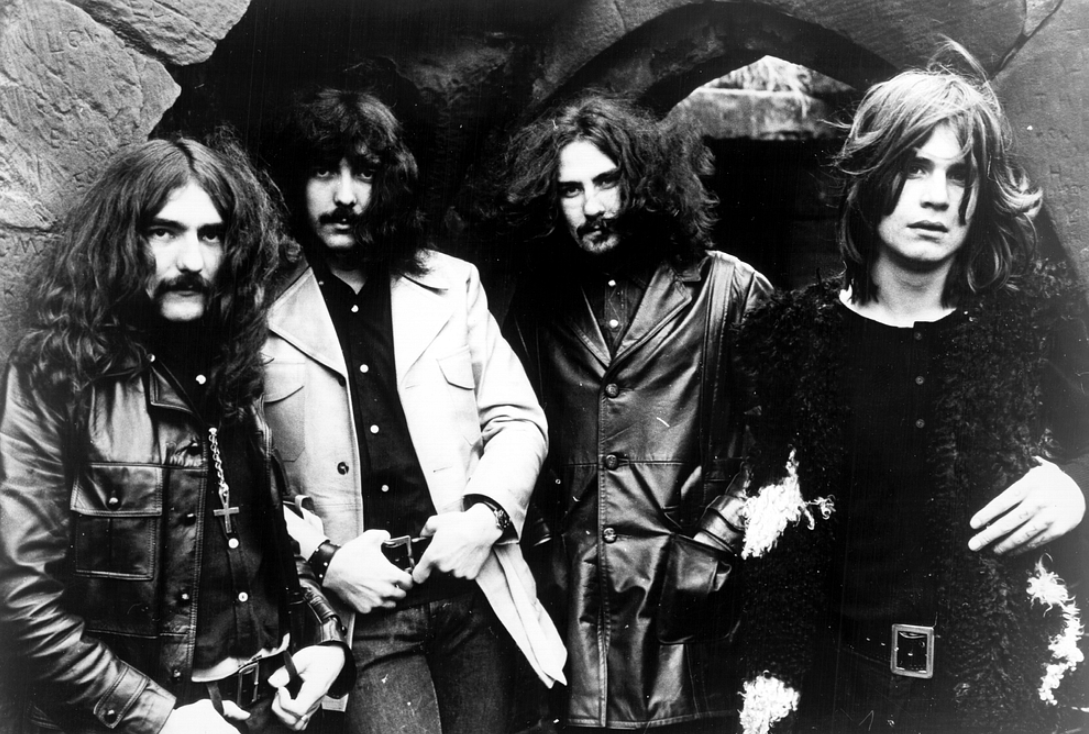
Recorded over approximately two days rather than a single 12-hour session, Black Sabbath’s debut album accidentally invented an entire musical genre through industrial necessity. Friday the 13th of February, 1970 saw four working-class Birmingham lads unleash a sound that would spawn thousands of imitators. Guitarist Tony Iommi’s factory accident forced him to downtune his guitar and develop metal’s cornerstone sound. The resulting heaviness transformed their blues foundations into something entirely new.
While San Francisco hippies preached peace and love, Sabbath channeled the grim reality of Britain’s industrial wastelands. Critics initially reacted harshly. Rolling Stone’s review was unfavorable though not a complete dismissal as sometimes claimed. Audiences, however, immediately connected with Ozzy Osbourne’s distinctive wail cutting through thunderous instrumentation. Caught between establishment criticism and fan adoration, Black Sabbath’s debut reminds us that sometimes the most influential creations emerge not from privileged arts institutions but from desperate necessity.
2. Macrame Mania

Tied in countless knots, ordinary rope transformed into countercultural statements hanging from America’s ceilings. The knotted rebellion represented a tactical response to mass production, using preindustrial techniques to humanize increasingly standardized living spaces. Macrame plant hangers and owl wall hangings signaled participation in back-to-basics authenticity during a decade when institutional trust was collapsing. Each handmade piece served as domestic propaganda against the synthetic and corporate.
This craft revival carried distinct gendered implications. It reframed traditionally female domestic arts as countercultural statements worth masculine attention. The accessible techniques democratized decoration across class lines. Macramé surged amid mid-1970s back-to-nature movements, perfectly aligning with broader countercultural values. Today’s Etsy sellers and Instagram crafters (with hashtags like #macramemovement gaining over 2 million posts since 2021) reveal our ongoing desire for tactile connections in an increasingly digital world.
1. Analog Era Ascendancy
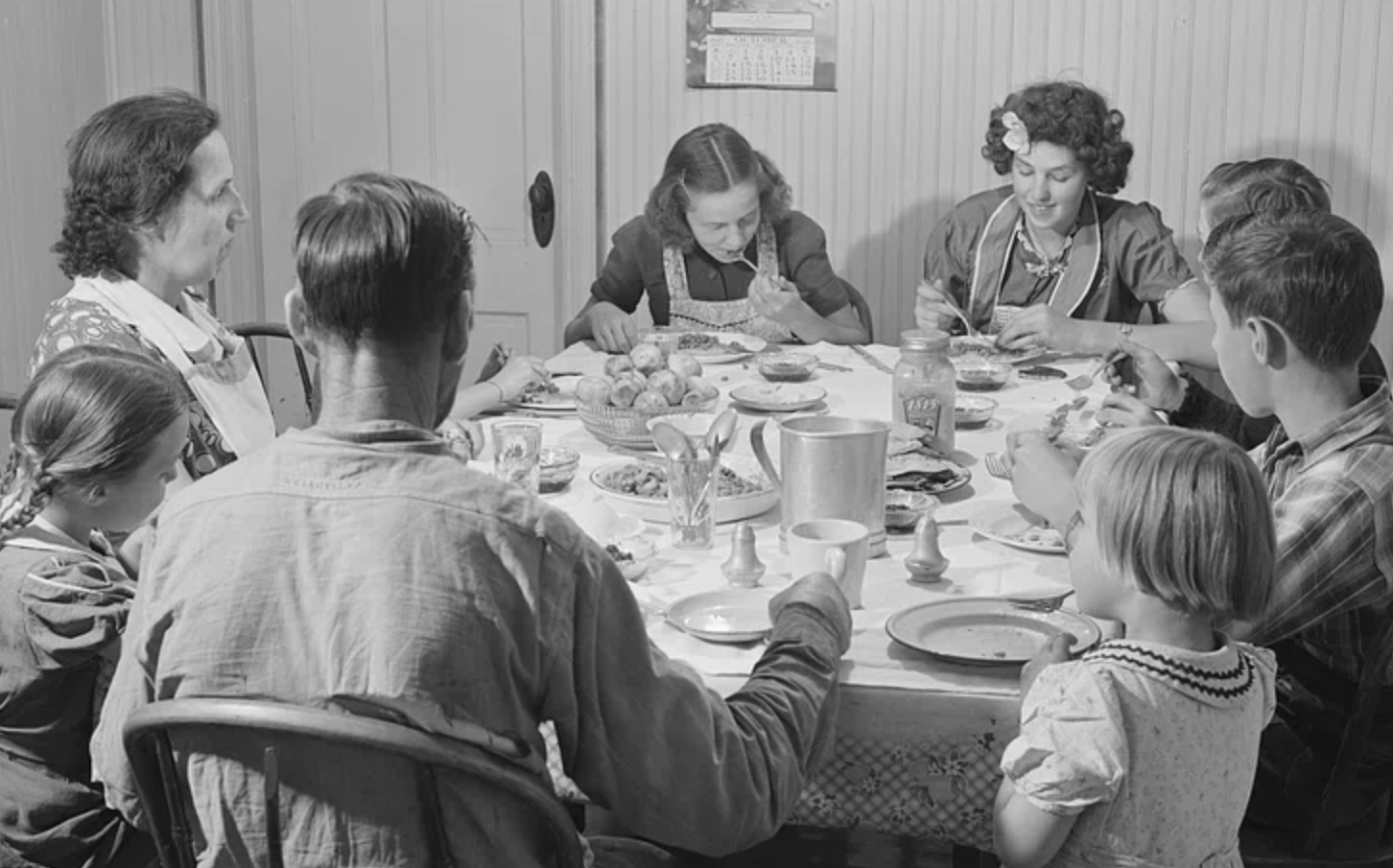
If you’re wondering why Boomers won’t stop reminiscing about “simpler times,” the tech gulf between 1970 and today explains everything. Families gathered around dinner tables having conversations without notifications. Kids vanished into neighborhoods until streetlights blinked on. Pre-digital interactions created connections many consider more meaningful and direct. The absence of constant digital intrusion meant focused attention on immediate experiences rather than documentation for distant audiences.
The absence of digital intermediaries forced a different kind of community building. No ghosting via text. No last-minute flaking on plans. You made commitments and kept them. Today’s endless dopamine hits from likes and reshares didn’t exist in this attention economy desert. When facing social anxiety today, consider that 1970s interaction skills developed through necessity rather than choice—a psychological workout with no digital safety net.




